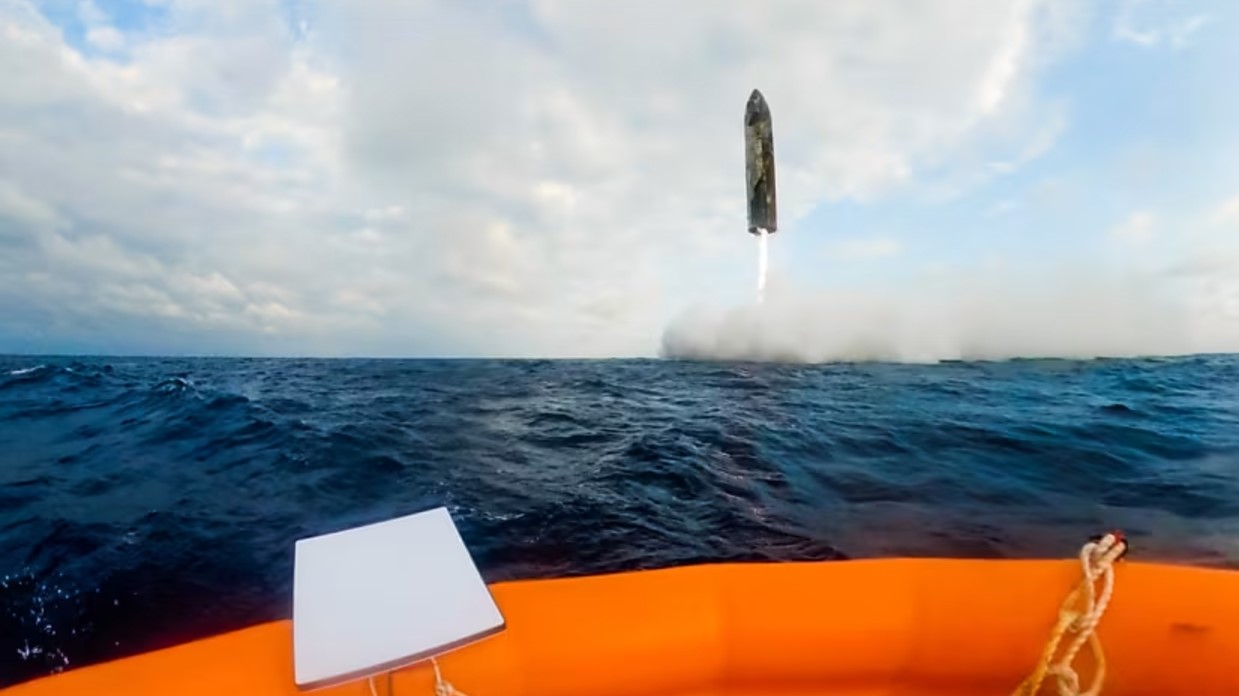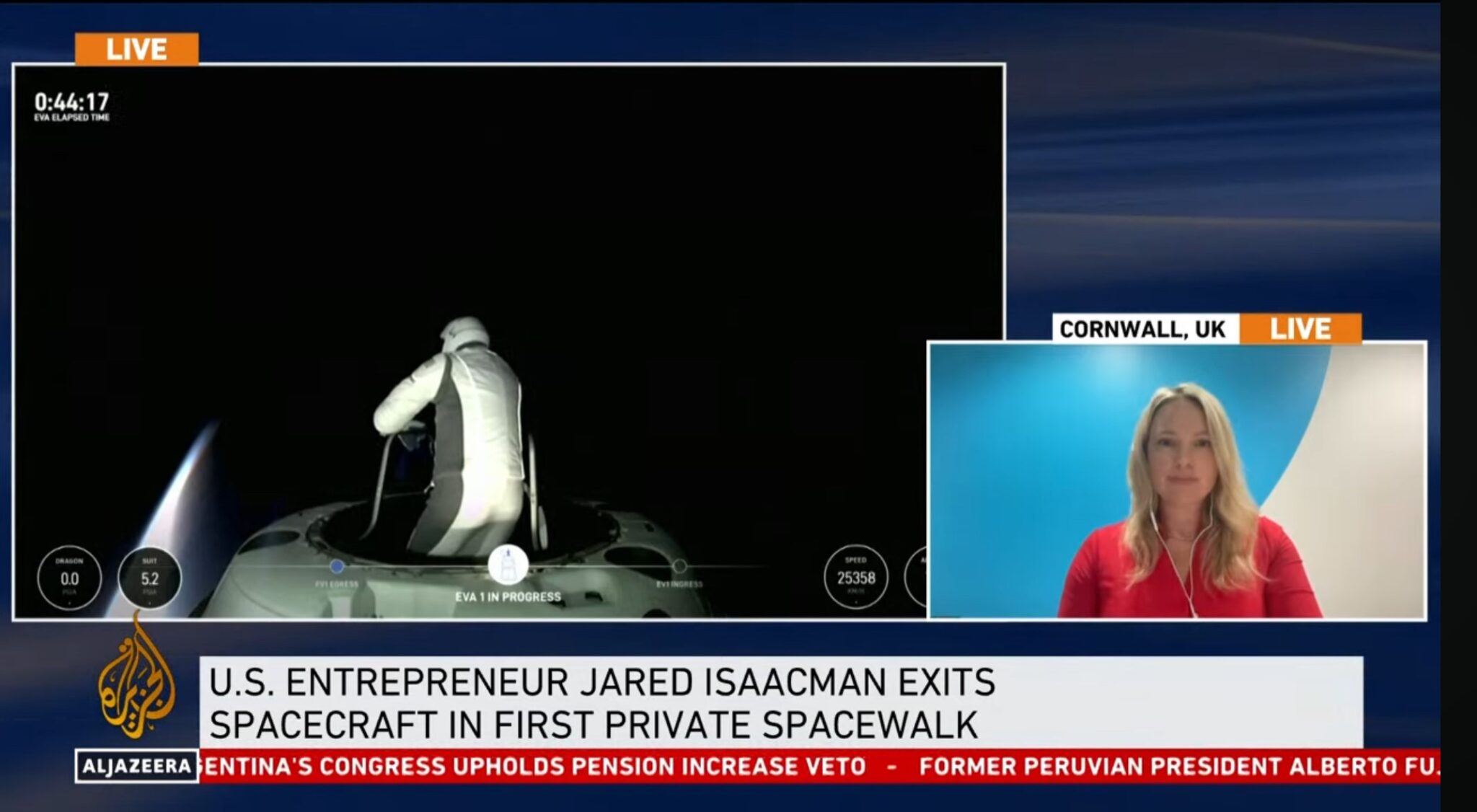There is a scene in the World War I series of the BBC comedy show, ‘Black Adder’, in which the British soldiers in the trenches start wistfully to reminisce about how war was much more enjoyable when all the British Army had to fight were natives armed with slices of fruit. In the same way, the military forces of today’s potential enemies seem to be much more sophisticated (and deadly) than they used to be.
When China publically displayed its new “carrier killer” DF-21D anti-ship ballistic missile at its VJ-Day parade in Tiananmen Square, it helpfully wrote their designation on the side, just in case Western intelligence analysts missed the airing of these new navy-scarers. This was bad timing for the Royal Navy given that it is about to accept into service the first of two very large and very expensive Queen Elizabeth-class aircraft carriers.
Ah well, at least there are signs that the Royal Navy is starting to think ahead. The First Sea Lord, Admiral Sir George Zambellas, has announced that the UK is going to field a “directed energy weapon” – taken to mean laser – in defence of its ships. This follows the US Navy, which already fields anti-missile lasers on its warships.
While the Royal Navy is renowned for its fighting spirit (along with “Rum, Something impolite, and the Lash” to slightly rephrase the very rude quote of Winston Churchill) this really is a big advance for the Senior Service.
And it was not the only one.
A few weeks before, the Royal Navy revealed a new “stealthy” Dreadnought 2050 warship concept, a ship design so sharply modern it looks as if it should really be in space rather than on the ocean.
The nuclear-powered Dreadnought 2050, designed by Starpoint, includes radar and visual invisibility techniques, superfast torpedoes, magnetic guns and, of course, directed energy weapons such as lasers and hypersonic anti-ballistic missile interceptors to deal with missiles like the DF-21D. It even has a hovering radar-equipped crow’s nest.
In a way, this design is a riposte to the US Navy whose new stealthy, actually cruiser-sized, USS Zumwalt destroyer is already built. We previously noted that the space connection with that space-age-looking warship was that its first commanding officer is a Captain James Kirk!
It is, of course, the test of war that matters. Sometimes the most modern hi-tech anti-missile and anti-aircraft devices do not work as planned. This infamously happened during the Falklands War in 1982, and “good old trusty” 40mm Bofors and 20mm Oerlikon guns were used to fill the breach during Argentinian Air Force low-level fighter-bomber attacks, especially in San Carlos Water which was soon dubbed “Bomb Alley”. The action was so fierce that one sailor on deck even called down to his Chief Petty Officer boss down below: “Ch*** Chief, it is like a bloody war film up here!” Quite.
By the time the Falklands War was won, the Royal Navy had relearned its World War II lessons and quickly fitted new fast-firing 30mm guns on its warships – the successors to the Bofors, Oerlikon and Pom-pom guns it had used against German Stukas and Japanese Kamikaze aircraft during the 1940s.
So what has all this to do with space? There is an increasing awareness that control of space is key to any battle on Earth given that satellites are used for navigation, communications, surveillance and even to relay control signals to drone aircraft.
And it is not just the superpowers that are investigating ways of carrying war into space. Even India is said to be developing ASAT (Anti-satellite) interceptors capable of blasting apart spacecraft.
So what are the defences against such attacks? Guns have been carried in space before, most notably when a 23mm machine cannon was fired by the Salyut 3 (Almaz 2) space station, but they have vibration and recoil issues. And, according to Newton’s Third Law, if you fire it too much in the wrong direction, you can unintentionally de-orbit yourself!
While guns have their own practical problems, even missiles are regarded as “so last century”. It is directed energy weapons such as lasers, once seen as part of “Star Wars” science fiction, that will soon be deployed in space as well as at sea.
The space connection to the Royal Navy’s World War II’s 40mm Pom-pom guns persists, at least for the fictional end of spaceflight, because the guns appear to have been the inspiration for Star Wars’ Millenium Falcon’s quad laser cannon system. The four barrels pump out pulses of directed energy at about the same rate as the Pom-pom’s two-pound shells were fired at.
The Millenium Falcon’s quad laser barrels are even portrayed as recoiling like a Pom-pom when they fire. One wonders if this will be explained in the latest Star Wars release which is due imminently.
The similarities with the Royal Navy’s quad Pom-pom gun do not end there. The Millenium Falcon’s laser cannon even has a sophisticated target predictor and aiming system, similar to the elementary electro-mechanical predictor that the Pom-pom used on larger warships. Mind you, it is apparent from the Star Wars movies that these guns work best if you are called “Luke” and can “use the Force” as well.
Of course, whether you are using laser cannon or ones with real shells, you have to practice to stay accurate. Unfortunately, years of cost cutting in the UK Ministry of Defence led to the Royal Navy receiving the Ig Nobel Peace Prize in 2000 for ordering its sailors to shout “BANG!” instead of actually firing any cannon shells.
Sadly, there were no space or naval-related Ig Nobel prizes (the irreverent alternative to the real Nobel Prizes) awarded this year. However, a chap called Michael Smith was awarded the Ig Nobel Physiology and Entomology prize for exploring where the most painful places to be stung by a bee were. He found these to be his nostril, his upper lip, and (a little too obviously) his penis. Ouch! 🙂
Perhaps, next time he goes “commando sans culottes” he should, at least, have his anti-bee Pom-pom gun equivalent to hand – even if it is not a laser one yet.





